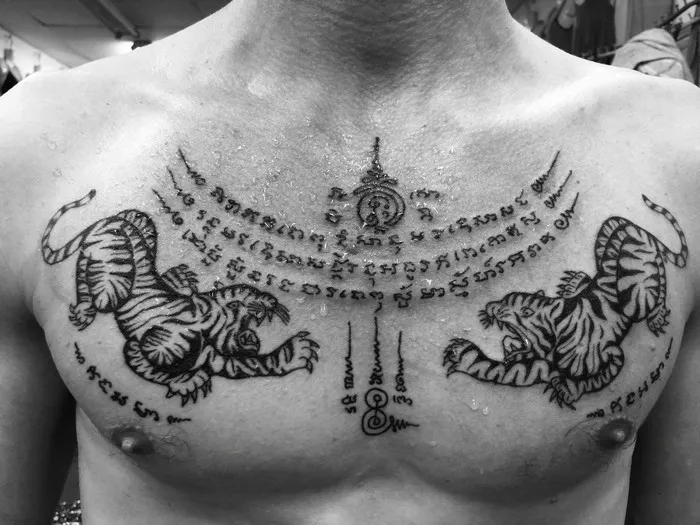Nipple tattoos have gained prominence not only as aesthetic enhancements but also as vital reconstructions following mastectomies or gender affirmation surgeries. Yet, for many contemplating this procedure, one pressing concern often arises: how much do nipple tattoos hurt? In this comprehensive guide, we delve into the intricacies of nipple tattoo pain levels, exploring factors that influence sensitivity, pain management techniques, and post-tattoo care.
Pain Perception
Before discussing the pain associated with nipple tattoos, it’s crucial to understand pain perception. Pain is subjective and varies greatly from person to person. Factors such as individual pain thresholds, skin sensitivity, and mental state can significantly influence how one experiences pain during a tattooing session.
Factors Influencing Pain Levels
Several factors contribute to the varying degrees of pain experienced during nipple tattoos:
Skin Sensitivity: The skin around the nipple area tends to be more sensitive due to its high concentration of nerve endings. As a result, tattooing this area may cause more discomfort compared to other parts of the body.
Size and Design Complexity: The size and intricacy of the tattoo design can impact pain levels. Larger, more detailed designs may require longer sessions, increasing overall discomfort.
Artist Technique: The skill and technique of the tattoo artist play a significant role in minimizing pain. Experienced artists often use gentle, precise strokes to minimize discomfort during the process.
Individual Pain Threshold: Each individual has a unique pain threshold, influenced by genetics, previous experiences with pain, and psychological factors. What may be tolerable for one person could be excruciating for another.
Mental Preparedness: Mental preparedness and relaxation techniques can help mitigate pain perception during the tattooing process. Techniques such as deep breathing, meditation, or listening to calming music can help alleviate anxiety and discomfort.
Managing Pain During Nipple Tattoos
While nipple tattoos can be uncomfortable, there are several strategies to manage pain effectively:
Topical Anesthetics: Prior to the tattooing session, some individuals opt to use topical anesthetics containing lidocaine or benzocaine to numb the area. These creams are applied to the skin and left on for a specified period before the tattooing process begins.
Distraction Techniques: Engaging in conversation with the tattoo artist or focusing on a specific point in the room can help distract from the sensation of pain. Many tattoo studios also offer television, music, or other forms of entertainment to divert attention during the procedure.
Pain Relief Medication: Over-the-counter pain relief medication such as ibuprofen or acetaminophen can be taken prior to the tattooing session to help manage discomfort. However, it’s essential to consult with a healthcare professional before taking any medication.
Mindfulness and Relaxation: Practicing mindfulness and relaxation techniques before and during the tattooing process can help reduce anxiety and pain perception. Deep breathing exercises, progressive muscle relaxation, and guided imagery are effective methods to promote relaxation.
Communication with the Artist: Open communication with the tattoo artist is crucial. If you experience excessive pain or discomfort during the session, don’t hesitate to inform the artist. They can adjust their technique or take breaks as needed to ensure your comfort.

